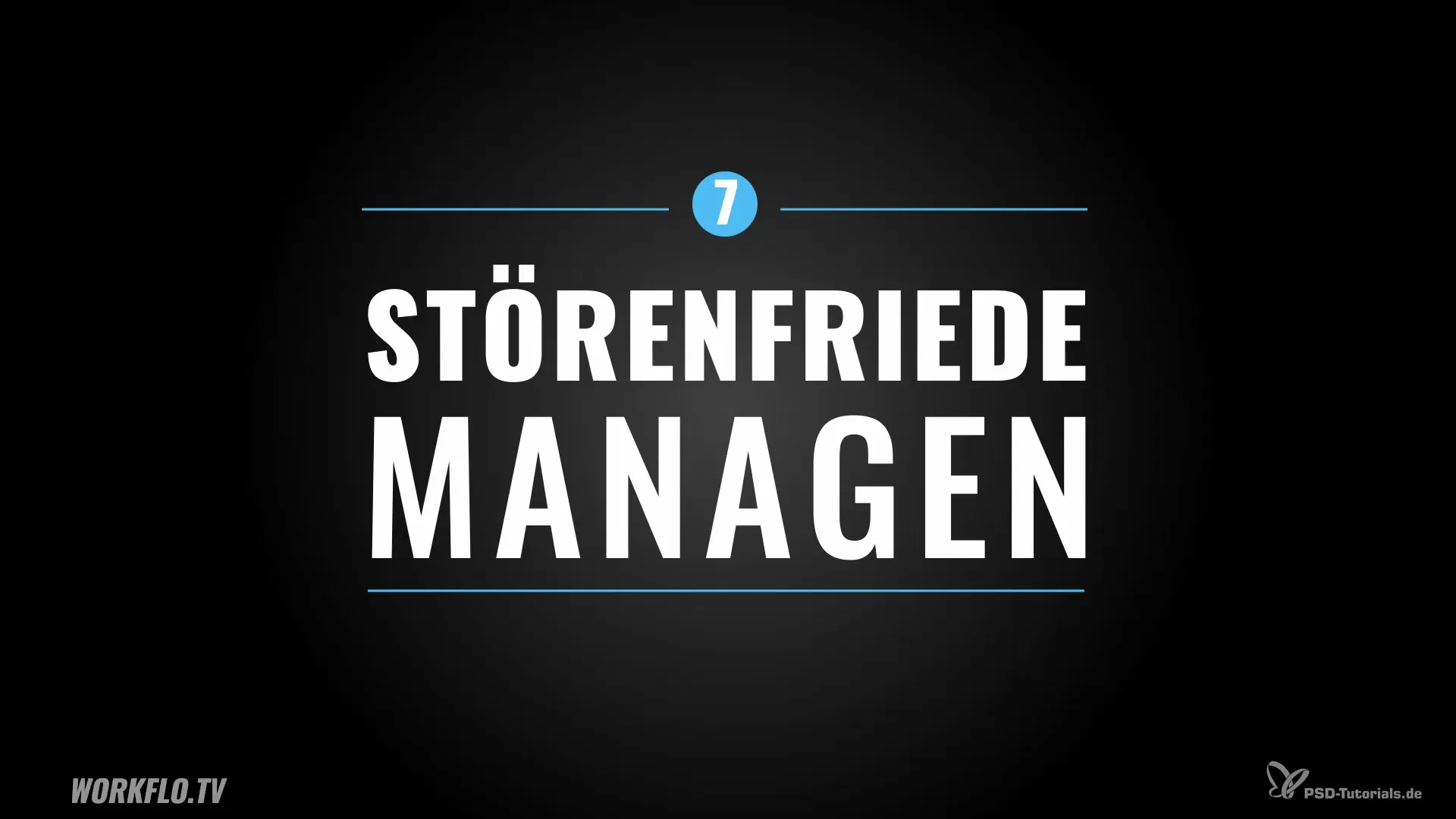Presentations can sometimes be turbulent. Whether due to hecklers interrupting your speeches or persistent questions that distract you from your topic – interruptions are a common challenge. However, you can manage them with the right strategies to respond confidently and calmly. In the following guide, you will learn how to master different types of interruptions in presentations and convince your audience.
Key Insights
Interruptions in presentations are normal. The important thing is to remain calm and maintain control. Show understanding without feeling the need to justify yourself, and use techniques to manage the flow of conversation. Clear communication and involving the audience help to regain their attention.
Step-by-Step Guide
Effectively Dealing with Hecklers
If you are suddenly interrupted by a heckler during your presentation, it can be uncomfortable. The smartest way to handle it is to respond kindly at first. A smile and a calm look signal: "I am listening to you." It is important that you do not defend or justify yourself, as this shows the interrupter that they have successfully distracted you.

If the heckler continues to verbally attack or make further comments, specifically ask them to repeat their original comment and explain their concern. This gives you the opportunity to control the situation. Make sure to stay calm and friendly. Composure is key.

If interruptions persist, ask the heckler why they are exhibiting behavior that disturbs the presentation, and what you can do to make them stop. This brings the issue to the forefront and shows that you do not simply ignore the disruption but want to tackle it actively.
Dealing with Persistent Questions
Persistent questions are another common challenge. When an audience member constantly asks questions, hardly takes a breath, and disrupts your flow, it can be extremely tiring. It helps to first recognize the situation and accept that these questioners are often very eager to learn.
To manage the persistent questioning, there are two effective techniques. First, you can offer the questioner to discuss their questions during a break or after the presentation. This shows appreciation for their interest and allows you to focus on your actual topic. You can say: “That is an interesting topic; we can gladly discuss it during the break to not exceed the time frame.”
The second technique involves seeking support from the audience. Engage the other listeners by asking if the topics raised by the questioner are also relevant to them. If the majority agrees, you could enter into a dialogue or bring the discussion to a more everyday level. Often, the other listeners realize when someone talks too much, and you can use that pressure to find out if the topic is important for everyone or not.
Staying Composed and Calm
By applying these techniques, you not only remain in control of the presentation but also demonstrate that you are capable of responding professionally to interruptions. Your composure will calm the audience and strengthen your authority as a speaker.
By acting kindly and showing understanding, you can defuse difficult situations without compromising the presentation. This creates a positive atmosphere where learning and exchange can take place.
Summary – Presenting Convincingly: Focus on Dealing with Disruptors
Dealing with interruptions in presentations requires a mix of calm, kindness, and, if necessary, strategic action. With the described techniques and the right attitude, you can remain composed even in difficult situations and engage your audience effectively.
Frequently Asked Questions
How do I respond to a heckler?Smile, listen, and ask the heckler to repeat their comment without justifying yourself.
What do I do about persistent questions?Offer to clarify questions during a break or after the presentation, and redirect the conversation to the audience.
How can I involve the audience?Ask the audience if the topic raised by the questioner is relevant to them as well, to guide the discussion.
What is the most important technique for dealing with disruptors?Calmness and the ability to apply strategies without losing control are crucial.
How do I stay calm during the presentation?Focus on your text, take deep breaths, and remember that interruptions are normal.


